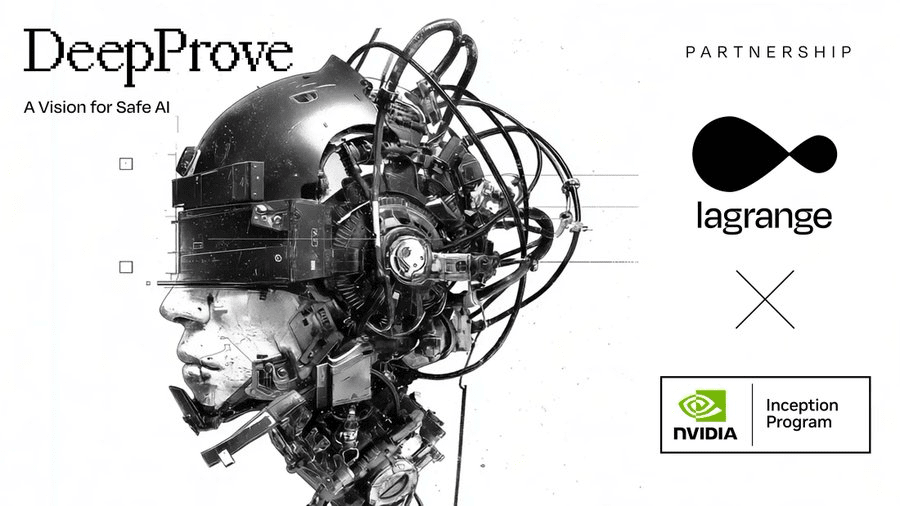Looking at the LA token from a different perspective, such as the recent hot topic 'Reconstructing the Trust Mechanism: How ZK Technology Reshapes the Web3 Computing Paradigm,' we will use this perspective to examine the fundamentals of this token.
Lagrange: Building the 'trust automation engine' for Web3 with zero-knowledge proofs
The core value of blockchain lies in trustlessness, but current on-chain computations are limited by performance and cost, forcing a lot of complex logic off-chain, resulting in trust gaps. Lagrange's mission is to break this deadlock—injecting 'verifiability' into every aspect of off-chain computation through zero-knowledge proofs (ZK) to achieve 'automated production of trust.'
1. Technical paradigm innovation: From 'post-execution verification' to 'proof equals trust'
Traditional cross-chain and off-chain solutions rely on game theory or oracle, which involve delays and attack risks. Lagrange has built a decentralized ZK proof network, the disruptive nature of which is:
Any off-chain computation (e.g., data aggregation at the scale of billions, AI model inference) is executed in parallel by nodes, automatically generating cryptographic proofs;
On-chain contracts only require verification proof (milliseconds time consumption) to be confident in the correctness of the results, without needing to trust the nodes themselves.
This is equivalent to equipping the entire Web3 with a 'trust distiller'—distilling complex computations into instantly verifiable truths.

2. ZK co-processor: Unlocking the 'superpowers' of on-chain smart contracts
Lagrange's core product ZK Coprocessor is not just an auxiliary tool but empowers smart contracts with the ability to break through temporal and spatial limitations:
Temporal dimension: Safely calling any historical chain state (e.g., the reserve ratio of a certain DeFi protocol from half a year ago);
Spatial dimension: Seamless integration of real-time data from multiple chains (e.g., aggregating liquidity depth from Ethereum + Solana);
Logical dimension: Validating off-chain AI decisions (e.g., collateral risk assessment models for lending protocols).
Smart contracts have thus evolved into 'omniscient agents' that can freely schedule off-chain worlds under the ZK shield.
3. Economic security and ecological flywheel
Deep integration with EigenLayer: Reusing ETH for staking economic security, ensuring that the cost of malicious actions for proof nodes is higher than the benefits;
$LA The triple helix of tokens:
Staking certificate: Nodes stake LA to receive computational tasks, and violators forfeit their stakes;
Governance medium: Holders vote to decide on network upgrades and resource allocation;
Incentive carrier: Proof service fees and inflation rewards drive ecosystem participants (developers pay to use co-processors, nodes earn fees).
4. Why is it a cornerstone facility for Web3?
Lagrange addresses not only efficiency issues but also the decentralization of verifiable computation rights:
For developers: Enjoy verifiable off-chain computation services without needing to build ZK circuits.
For users: DeFi protocols can prove that their usage does not harm price oracles, and social applications can verify that their recommendation algorithms are unbiased;
For multi-chain ecosystems: Co-processors become the 'truth relayers' of cross-chain states, ending fragmented data islands.
Conclusion: In an era where trust still requires 'human audits,' Lagrange is weaving an automated global trust network with mathematics and cryptography. Its ZK proof layer is not only a technical component but also a key stepping stone for Web3 to evolve into a 'verifiable internet'—where all complex computations can self-verify, and trust becomes the default configuration.



